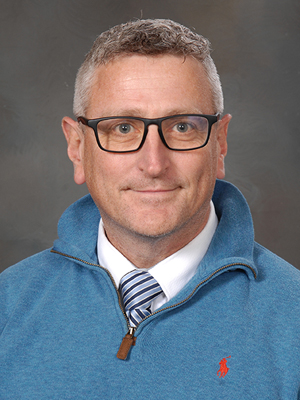
Dr. Stacey Lyle, whose career and work focuses on the art of smart design, joined the Zachry Department of Civil and Environmental Engineering at Texas A&M University as an associate professor of practice. Lyle holds a dual appointment between the College of Engineering and College of Geosciences.
As a licensed professional and liberal arts social geoscientist, he brings the unique perspective of protecting humans and the environment while increasing profits by creatively solving problems while addressing social issues.
Experiential and transformational learning is what Lyle likes best about teaching. “Giving students real-world problems to teach complex theories and apply new technology allow students to master the knowledge and skills to be future engineers or the next generation of engineering scientist,” he said. “Today’s students are challenged with the applications of infinite information readily available to guide our designs. We aren't just preparing students for the workforce, but we are delivering students who will bring new innovative ideas to improve human lives on Earth."
His hope is that students will learn how their designs can be used beyond just permitting and construction.
"Civil engineering designs are now used to create virtual worlds that ensure human safety and reduce the cost to maintenance," Lyle said. "We must build a foundation and inspire tomorrow's engineers to be global leaders."
Lyle is also currently building solutions for the Texas Department of Transportation and for the offshore safety industry, where engineering design plans automatically populate massive databases and create 3D visualization interactive gamification tools. These tools help to reduce the public’s burden of construction cost and potentially save lives by providing a facility management and safety simulator.
He said fusing computer-aided design, geographic information systems and building information modeling helps engineers understand and model the existing environment. It also quantifies all-known data to facilitate creative design and visualize the current or proposed world for collaborative thinking and sustainability.
"The art of 'smart design' in civil engineering is to understand and share our existing environment and create innovative designs while utilizing all available information at the 'touch of a finger' to ensure human safety and reduce our impact on the Earth," he said.
Lyle has industry experience working in construction and management as a surveying team lead at BP American Production Company, Inc. and NASA developing a locally-launched payload that returned to Earth.
"I worked with a team of highly motivated and intelligent engineers at NASA to locally launch a rocket carrying my designed mapping payload," he said. "I feel like I can encourage students to investigate innovative deep learning methods to solve complex problems as a part of a valuable team to ‘get-it-right,’ because you only get one chance to launch that rocket’s payload."